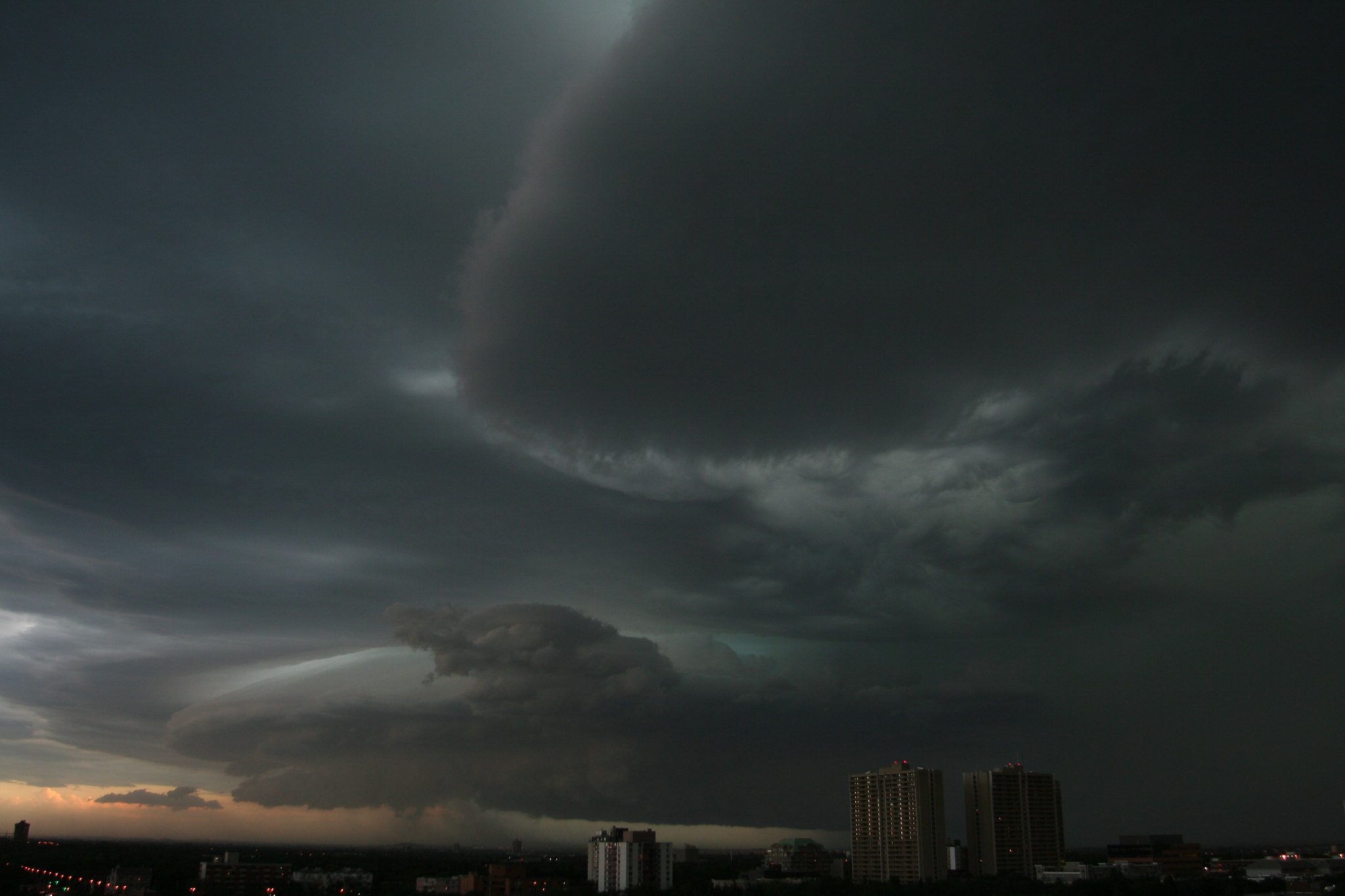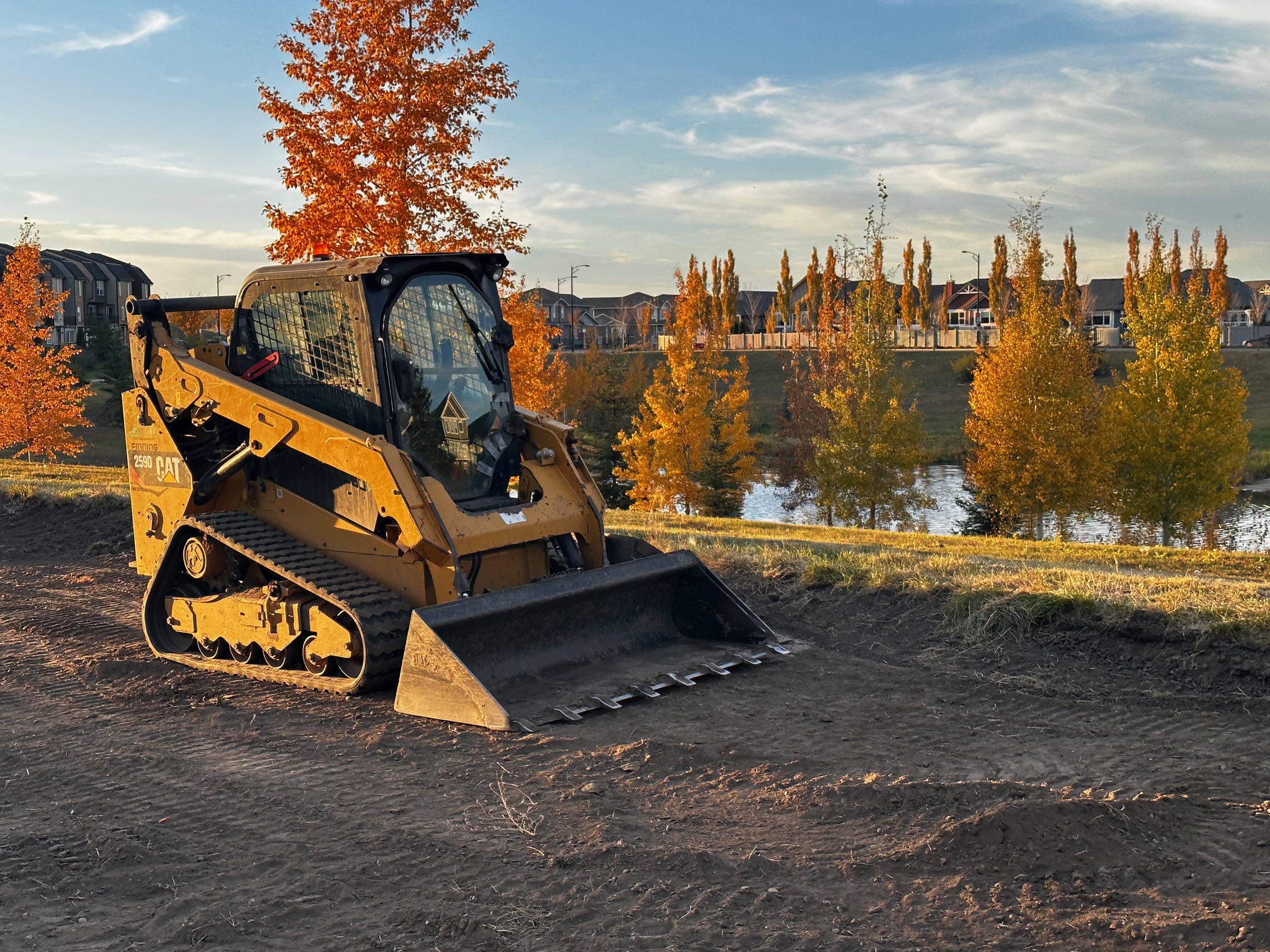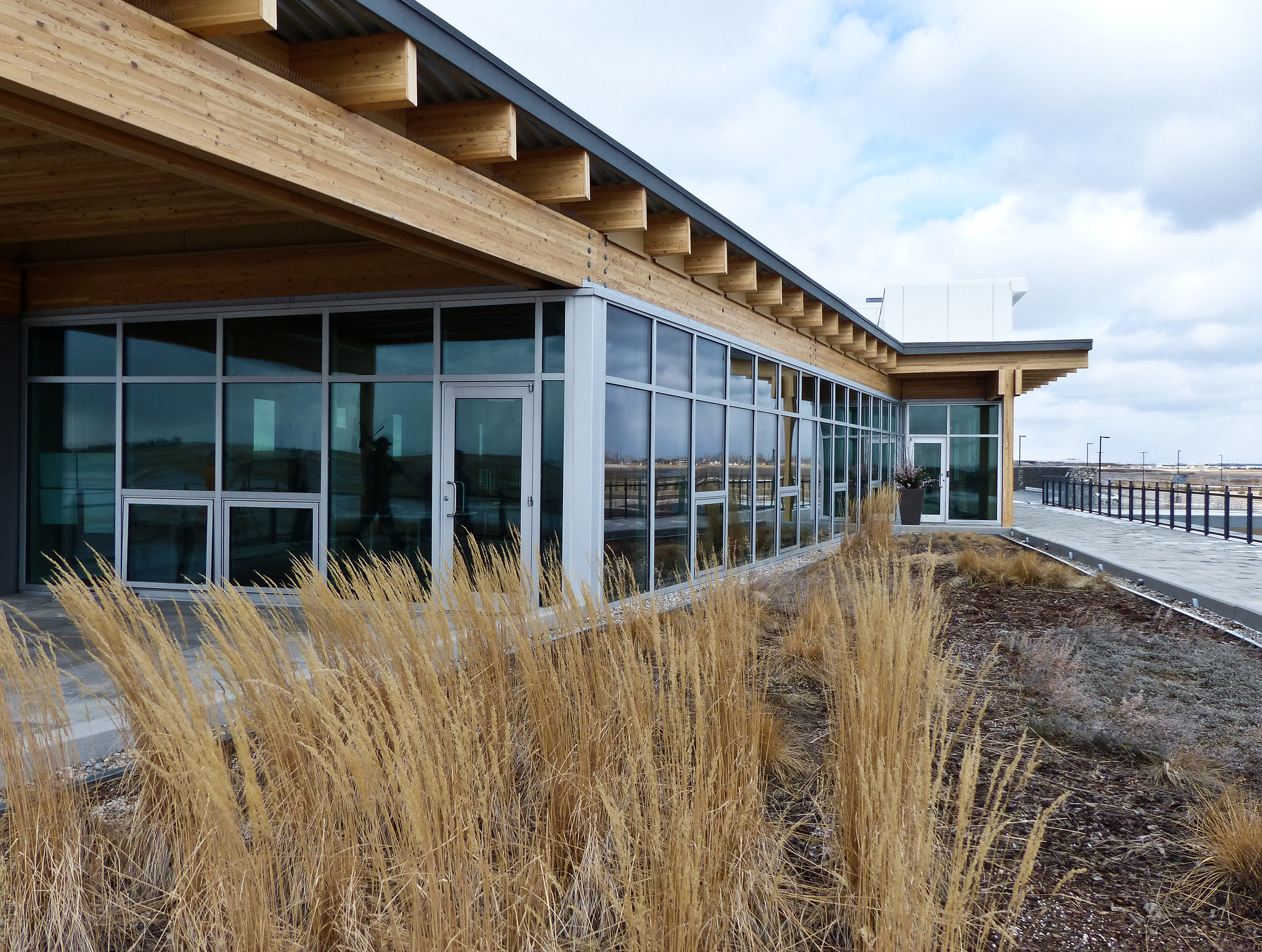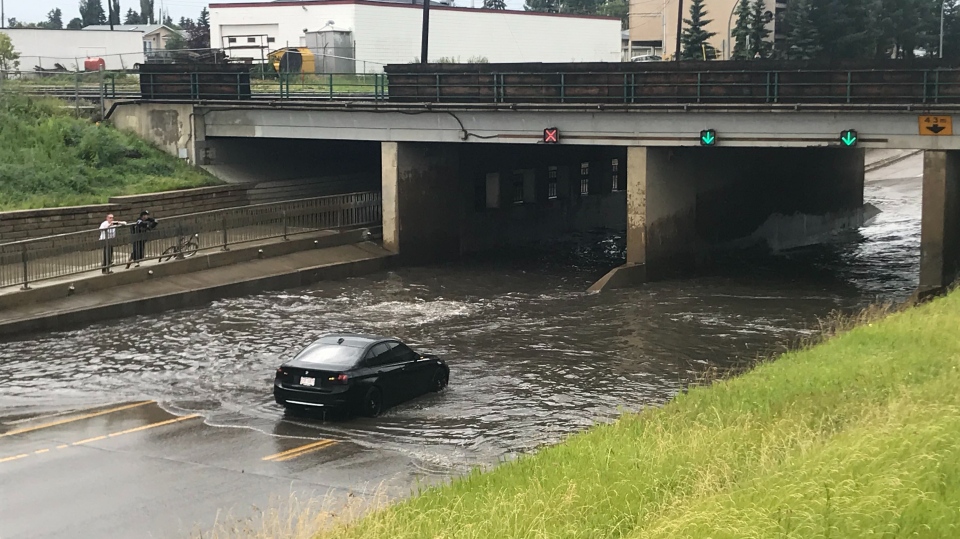Extreme weather events, such as floods, and extreme cold and heat, are becoming more frequent and severe due to climate change. These events can cause significant damage to infrastructure, leading to disruptions in daily life and economic losses. As a result, civil engineers have been faced with the challenge of designing and constructing infrastructure that can withstand extreme weather conditions. Here we will discuss the importance of resilient civil engineering designs for extreme weather. Civil engineering techniques will be discussed as well as some challenges to building weather resilient communities.

The Impact of Extreme Weather on Infrastructure
Extreme weather events can cause significant damage to infrastructure, including roads, bridges, buildings, and utility systems. Here are some of Alberta’s latest extreme weather events that have a huge impact on our infrastructure:
- Extreme temperature swings can cause roads and foundations to crack, frozen water pipes and power outages.
- Heavy rainfall leading to flooding and landslides.
- The abrupt shift between seasons causing snow that suddenly melts will result in flooding. The runoff doesn’t have the opportunity to gradually be absorbed into the vegetation because the ground is still frozen.
- Drought conditions that lead to erosion, making it difficult for stormwater to be absorbed into native vegetation.
These weather event disruptions can have a significant impact on communities, leading to major destruction, economic losses and even loss of life. Let’s not wait for dark clouds to roll in before we give stormwater management plans the attention it deserves.
Civil Designs for Extreme Weather Events
Civil engineers must consider the potential impacts of extreme weather when designing infrastructure. This includes understanding local climate and weather patterns, as well as the potential risks and vulnerabilities of the area. Since Alberta is already prone to wild temperature swings with extreme cold weather, flooding and heavy snowfall, civil engineers design underground infrastructure with weather resistant materials to withstand extreme weather events. Additionally, Alberta civil engineers design stormwater ponds and dry ponds with the intent to mitigate the impact of a 1- in 100-year storm. This is a standardized set of calculations based on historical flood risks to manage historical peak flow stormwater conditions.

Challenges in Designing Resilient Communities
In order to manage more severe storms in Edmonton’s mature neighborhoods, the following improvements will need to be implemented in the near future:
- Catch-basin improvements to increase the amount of surface water that can drain into the sewer system;
- Construction of new sewers to carry water away from problematic areas;
- Underground storage to hold runoff until it can be carried away by the sewer system;
- Gates and real-time control systems that can manage water flow, balancing pipe capacity throughout the entire system to prevent flooding.
- Water recycling and supply systems evaluation
- A new standardized set of stormwater management guidelines for more severe storms such as 1-in-250 year.
The cost of improving Edmonton’s ageing infrastructure is prohibitively expensive with an estimated 2.6 billion dollars of required upgrades (source). The newer Edmonton neighbourhoods are currently being built to withstand 1-in-100-year storms. This current stormwater management strategy will need an overhaul to be scalable for future storms. A new revised standard of stormwater management guidelines needs to be implemented to manage the impact of future flooding and more severe storms. All these improvements come with a hefty price tag that will increase overall construction costs and so it presents a challenge of planning for the future. There is a delicate balance between keeping municipal property taxes and homes affordable and staying on top of required infrastructure upgrades.

Regrading near a Stormwater Pond in Edmonton, Alberta
Current Low Impact Development Strategies
Here are several low impact strategies that are being more commonly used to manage stormwater runoff.
Bioswales and rain gardens with native vegetation are more commonly used to manage stormwater runoff. Bioswales and rain gardens are low lying vegetated areas designed to absorb excess stormwater and filter pollutants.
Civil designs that mimic predevelopment drainage patterns that stores, infiltrate and detain stormwater runoff is also a low impact development strategy. By mimicking natural processes, erosion, sedimentation and pollution can be minimized.
Harvesting rainwater with underground cisterns for non-potable uses is an excellent way to reduce dependency on city water systems.

Bioswale in Calgary, Alberta
Building with Resilient Materials and Techniques
One way to ensure the resilience of infrastructure in extreme weather is by using resilient materials and techniques. For example, civil engineers may use insulated materials and heating systems to prevent freezing and damage to pipes in Alberta. Additionally, techniques such as slope stabilization and flood control measures can help mitigate the impacts of extreme weather events and extreme rainfall. Slope stabilization will become more important as we experience swings between droughts and flooding.
Ongoing Maintenance
In addition to designing for extreme weather, it is also important to regularly maintain and infrastructure to withstand changing weather patterns. This may include regular inspections, repairs, and assessing required infrastructure upgrades to ensure our communities are resilient to extreme weather events. Civil engineers must incorporate future extreme weather models and adapt their civil designs accordingly.
The Path Forward
Extreme weather events are becoming more frequent and severe, making it crucial for civil engineers to design and construct infrastructure that can withstand these conditions. By understanding the impacts of extreme weather, using resilient materials and techniques, and regularly maintaining and adapting infrastructure, civil engineers can help mitigate the effects of extreme weather on our communities. If you are looking for experienced civil engineering company to guide you through development projects in Edmonton and across Alberta, be sure to engage with Bolson Engineering and Environmental Services. We will be happy to consult with you as your trusted engineering partner.

